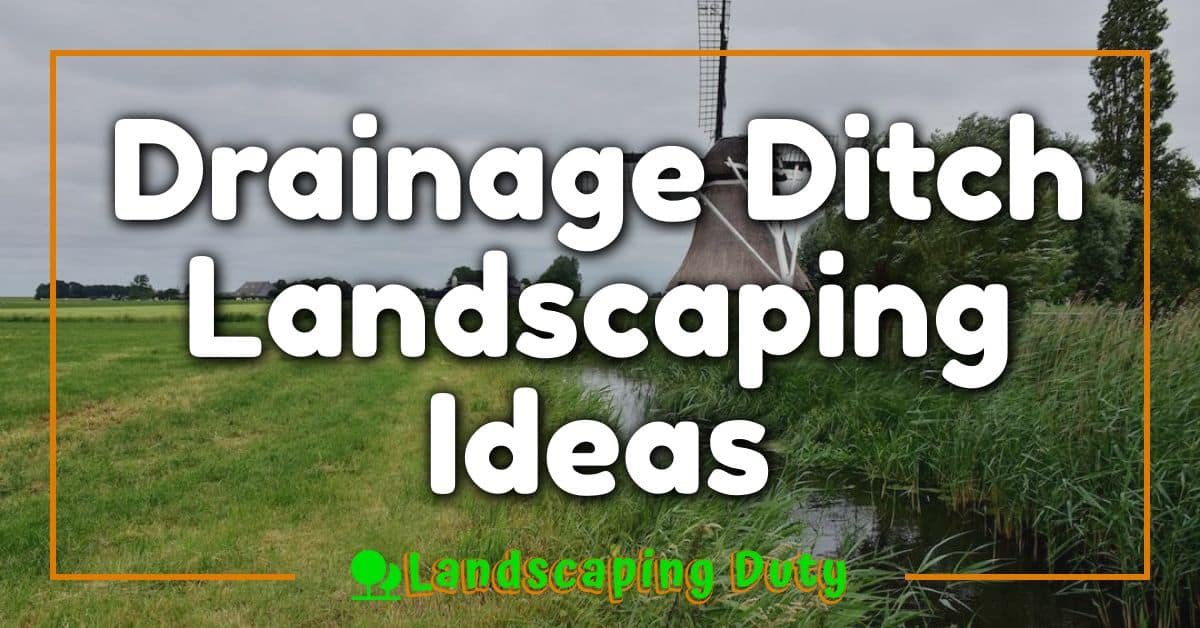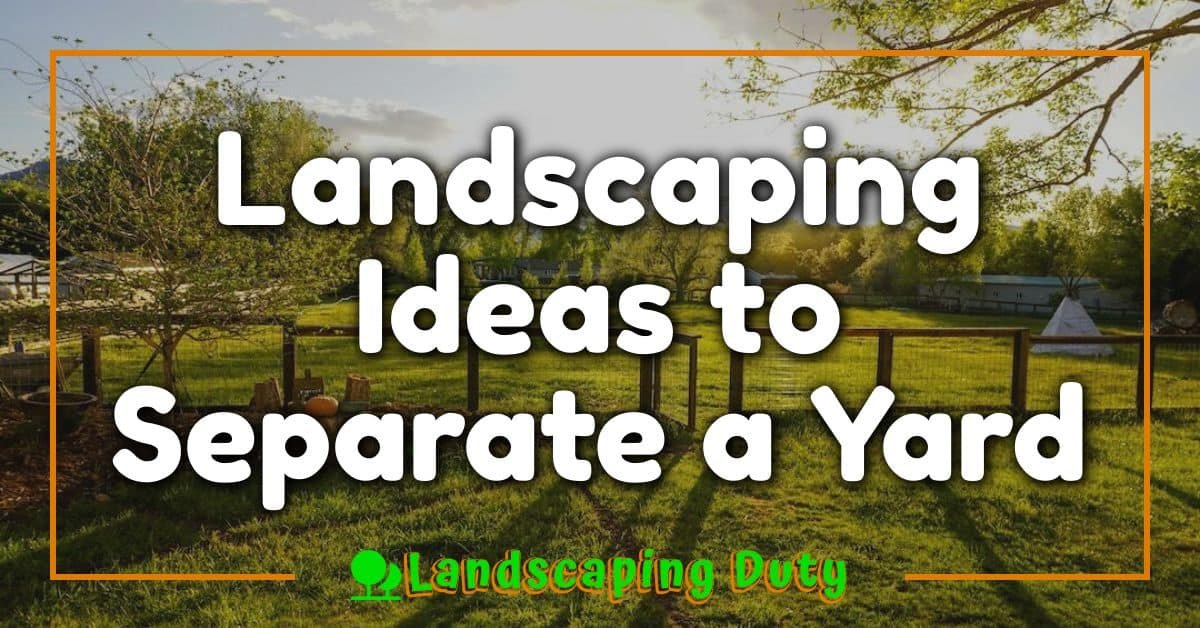Transforming your outdoor space into a stunning multi-level landscape might seem overwhelming, but with the right plan, it’s surprisingly achievable. I’ve always found that layering different levels not only adds depth and dimension but also creates unique areas for relaxation, entertainment, and greenery. It’s like giving your yard a personality makeover.

The key to success lies in careful planning. From understanding your space to selecting materials that blend seamlessly with your vision, every detail matters. Whether you’re dreaming of cascading terraces, cozy seating nooks, or vibrant garden beds, a well-thought-out approach ensures your multi-level landscape is both functional and beautiful. Let’s dive into the essentials to bring your dream design to life.
Understanding Multi-Level Landscaping
Multi-level landscaping focuses on creating visually appealing outdoor spaces by combining varying elevations. I use this technique to maximize functionality and aesthetics within a property’s boundaries. It transforms flat spaces into dynamic environments.
Elevation changes help separate functional zones. For example, raised patios can serve as dining areas, while sunken gardens may provide quiet retreats. These distinctions enhance usability and add depth to the overall design.
I consider natural topography essential during planning. Slopes or uneven terrain define where retaining walls, terraces, or steps are most effective. For instance, steep inclines may accommodate cascading water features or terraced plant beds.
Material selection influences the project’s structural integrity and appearance. Durable options like concrete for retaining walls or natural stone for stairs connect various levels seamlessly. I blend surfaces to maintain cohesion across designs.
Drainage is critical in multi-level spaces. Without proper systems, water pooling can damage foundations. I plan drainage solutions like French drains or slope adjustments early in the design process to prevent complications.
Lighting enhances safety and aesthetics. Illuminating stairs, retaining walls, or garden beds highlights design elements while improving usability after dark. I incorporate pathway and accent lighting to achieve this effect.
Careful measurement and zoning ensure successful results. Precise calculations avoid uneven grades, ensuring each level transitions smoothly. By aligning designs with a site’s conditions, I create landscapes that are both practical and visually engaging.
Assessing Your Space
Understanding your outdoor area is key to planning an efficient and visually appealing multi-level landscape. A detailed assessment ensures the design integrates seamlessly with the existing environment.
Evaluating the Terrain
I analyze the natural slope, elevation changes, and soil stability of the land. Steep slopes may require retaining walls, while flat areas allow more flexible design options. I check for drainage patterns to prevent water-related issues, focusing on problem zones like low-lying areas prone to pooling. Identifying existing vegetation is equally essential, as mature trees and shrubs impact leveling decisions and placement of new structures.
Measuring Dimensions and Boundaries
I measure the size and shape of the available space to map out accurate boundaries. Using tools like measuring tapes and GPS-enabled devices ensures precision when assessing distance and elevation changes. Boundary confirmation prevents encroaching on neighboring properties and guides zoning plans, ensuring all features fit proportionally within the layout.
Designing Your Multi-Level Landscape
A multi-level landscape design seamlessly combines aesthetics and function. I consider focal points, functional zones, and material choices to ensure a cohesive and practical outdoor space.
Identifying Focal Points
Focal points anchor a landscape and draw attention. I use elements like water features, sculptures, or vibrant flower beds to create visual interest. Positioning these elements at natural sightlines ensures they enhance the overall design. For example, a pergola at the highest level can serve as a striking focal point, creating a welcoming area for relaxation or entertainment.
Creating Functional Zones
Each level should serve a distinct purpose to maximize utility. I designate terraces or decks for social gatherings, sunken spaces for intimate retreats, and garden beds for planting activities. For instance, I might position an outdoor kitchen on a mid-level terrace closer to the home, with a lower-level fire pit area for evening entertainment. Smooth transitions like steps, ramps, or tiered pathways connect these zones to maintain the flow and accessibility.
Choosing the Right Materials
Material selection affects both durability and aesthetics. I opt for weather-resistant options like natural stone, textured pavers, or composite wood for hardscaping elements. For retaining walls, I use materials like concrete blocks or timber, ensuring they complement the natural surroundings. To further unify the levels, I recommend blending materials with similar tones or textures, which helps maintain visual cohesion throughout the landscape.
Incorporating Key Features
In a multi-level landscape, integrating key features enhances functionality and elevates visual appeal. Thoughtful placement of structural and aesthetic elements ensures a cohesive design.
Terraces and Retaining Walls
Terraces and retaining walls create flat areas in sloped terrains. I use terraces to define zones, such as a seating area or a garden bed, maximizing usability. Retaining walls prevent soil erosion and maintain structural stability when elevation changes are significant. Materials like poured concrete, natural stone, or modular blocks enhance durability and match various design styles. Including drainage systems behind walls helps prevent water buildup and structural damage.
Pathways and Stairs
Pathways and stairs connect different levels, ensuring safe and easy navigation. I design pathways using materials like gravel, flagstones, or bricks to complement the landscape. For stairs, I prioritize slip-resistant materials such as textured concrete or composite decking. Wider steps and gentle gradients enhance accessibility, while incorporating LED strip lights or step lighting boosts visibility and aesthetics. I recommend placing pathways strategically to connect functional zones without disrupting the flow.
« Designing a Landscape for High Winds: Tips for Resilient and Beautiful Outdoor Spaces Incorporating Color into Your Landscape Design: Tips for a Vibrant and Balanced Outdoor Space »
Water Features and Greenery
Water features and greenery enhance ambiance and create focal points. I incorporate elements like small ponds, cascading waterfalls, or tiered fountains to add a soothing effect while making use of elevation changes. Strategically placed greenery, such as ornamental shrubs, layered plantings, and vertical gardens, softens hardscapes and adds vibrancy. Using native or drought-tolerant plants reduces maintenance while increasing the landscape’s sustainability. Drip irrigation systems prevent overwatering and keep plants thriving across multiple levels.
Budgeting and Time Planning
Efficient budgeting and time planning ensure your multi-level landscape project stays on track without unnecessary delays or overspending. A detailed approach minimizes unexpected challenges during construction.
Estimating Costs
I evaluate costs by breaking down the project into categories like materials, labor, tools, and additional features. For materials, options like natural stone or pavers require higher budgets compared to gravel or wood alternatives. Labor costs vary depending on job complexity; hiring professionals to build retaining walls or install drainage systems is often more reliable but pricier than doing it yourself.
I also account for permits and inspection fees, which are often mandatory for large landscaping projects. If including features like water fountains or outdoor lighting, I research product prices and installation costs to avoid surprises. A contingency fund, typically 10-15% of the total estimated cost, is essential for handling unexpected expenses.
Setting Realistic Timelines
I divide the project into stages—designing, prepping the site, construction, and finishing details—to keep the timeline manageable. Design and planning, including material sourcing, typically take one to two weeks. Site preparation depends on the yard’s condition but can range from a few days to two weeks for grading, clearing, and drainage setup.
For construction, timelines vary by complexity. Retaining walls and terraces may take several weeks, while pathways and stairs could require extra time for precision. Incorporating features like water elements or planting vegetation might add another one to two weeks.
I also factor in weather conditions that could delay progress. Setting buffer periods between phases ensures minor setbacks don’t compromise the final completion date. Clear communication with contractors or landscapers maintains alignment with the schedule.
Tips for Implementation
Planning a multi-level landscape involves detailed execution to bring the design vision to life. Focus on practicality and aesthetics to ensure the space is both functional and visually cohesive.
Hiring Professionals vs. DIY
Deciding to hire professionals or take a DIY approach depends on the complexity of the project and personal skills. For large-scale projects involving structural installations like retaining walls or extensive excavation, I recommend hiring experienced contractors to ensure safety and proper permits. Professionals bring knowledge of zoning regulations, drainage systems, and material handling, which reduces risks of costly errors.
For smaller tasks like pathway installation or planting, DIY can save costs if you have the right tools and basic skills. Before proceeding, I assess the time commitment, tools required, and potential challenges. For instance, improper leveling or material misplacement can compromise the design. Combining DIY for minor tasks with professional help for complex elements often strikes the best balance.
Ensuring Seamless Integration of Levels
Smooth transitions between levels maintain both functionality and visual flow. I use connecting elements like stairs, ramps, or gradual slopes to link different elevations while ensuring they align with the overall design theme. Selecting uniform materials, such as complementary stone or wood for pathways and steps, enhances cohesion.
I also consider the use of retaining walls or terraces to stabilize slopes and create practical flat zones. Integrating greenery around transitions softens their appearance and blends levels naturally. To highlight these connections, I add outdoor lighting, particularly along stairs and pathways, for both safety and ambiance. Proper planning ensures the levels harmoniously contribute to the landscape’s usability and aesthetics.
Conclusion
Planning a multi-level landscape is an exciting opportunity to transform your outdoor space into a functional and visually stunning retreat. By focusing on thoughtful design, strategic zoning, and careful material selection, you can create a harmonious flow between levels that enhances both usability and aesthetics.
Whether you’re tackling the project yourself or working with professionals, attention to detail and proper execution are key to achieving a cohesive and durable design. With the right approach, your multi-level landscape can become a beautiful extension of your home, tailored to your needs and personal style.
















